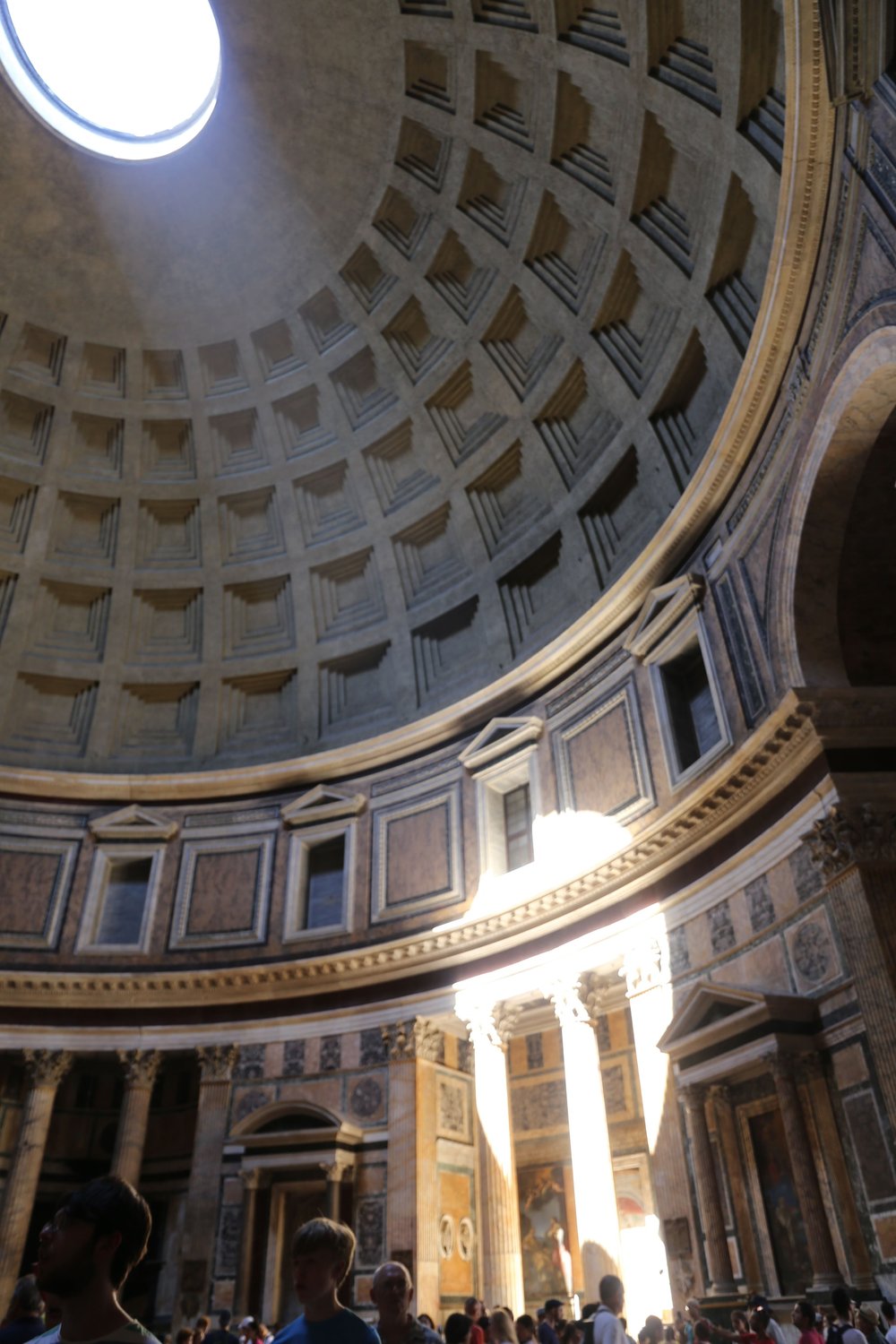Early Christianity in Rome
 The Roman Empire was the dominant political and military force during the early days of Christianity, with the city of Rome as its foundation. The city was originally built on the Tiber River in the west-central region of modern Italy, near the coast of the Tyrrhenian Sea. At the time Paul wrote the Book of Romans, the total population of that city was around one million people.
The Roman Empire was the dominant political and military force during the early days of Christianity, with the city of Rome as its foundation. The city was originally built on the Tiber River in the west-central region of modern Italy, near the coast of the Tyrrhenian Sea. At the time Paul wrote the Book of Romans, the total population of that city was around one million people.
During the first century, Rome was heavily influenced by Greek mythology and the practice of Emperor worship (also known as the Imperial Cult). Thus, most inhabitants of Rome were polytheistic – they worshiped several different gods and demigods depending on their own situations and preferences. For this reason, Rome contained many temples, shrines, and places of worship without a centralized ritual or practice. Most forms of worship were tolerated. Rome was also a home to “outsiders” of many different cultures, including Christians and Jews.
The earliest Roman Christians were Jewish inhabitants of Rome who were exposed to Christianity while visiting Jerusalem – perhaps even during the Day of Pentecost when the church was first established (see Acts 2:1-12). Christianity had become a major presence in the city of Rome by the late 40s A.D. Like most Christians in the ancient world, the Roman Christians were not collected into a single congregation. Instead, small groups of Christ-followers gathered regularly in house churches to worship, fellowship, and study the Scriptures together.
The Roman Emperor Constantine became a patron and protector of the church. In 380, the Flavius Theodosius made Christianity the official religion of Rome. At the close of the fourth century, the majority of Roman citizens had converted to Christianity.
We are currently working on our new website. Please come back later!
In the meantime you might be interested in visiting our other website: antike-christentum.de
Ältestes lateinisches Schriftstück entdeckt: "Manios/Manius hat mich für Numasios/Numerius gemacht"
Discover the Sacred Tomb of Saint Sebastian in Rome's Basilica S. Sebastiano
We are currently working on our new website. Please come back later!
In the meantime you might be interested in visiting our other website: antike-christentum.de




